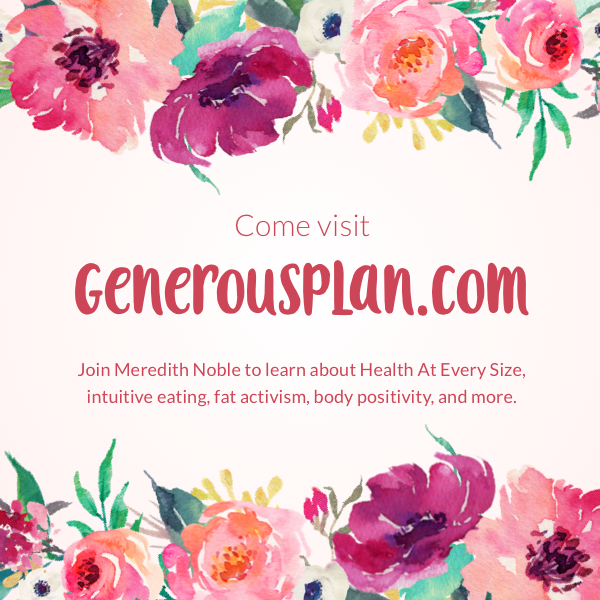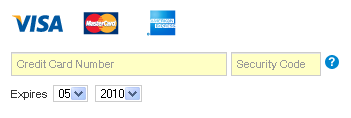After years of trying every treatment imaginable, eventually even back surgery, what’s a girl to do to do about her chronic pain? Go searching on the inside.
Here’s the story. I have been struggling with chronic pain for 17 years, since I was 15. Over those 17 years, I have:
- Tried medication after medication
- Tried various forms of physiotherapy
- Tried various forms of massage
- Tried chiropractors, active release therapy, and medical acupuncture
- Tried yoga and pilates
- Tried a four month elimination diet, where I tried to eliminate anything from my body that would cause inflammation
- Tried a naturopath (yummy corn-silk tea, anyone?)
- Tried a mindfulness meditation class (MBSR)
- Tried injections (trigger-point, epidural)
- Tried osteopathy and cranial-sacral work
- Been to 25+ medical professionals (I’m guessing here, but it seems about right – about 6 PTs, 8 massage therapists, 3 chiropractors, 2 osteopaths, 8+ doctors)
I have multiple types of chronic pain: back, hip, pelvic. At age 32, I hit the point where it seemed like there was nothing else to be done about my back pain but one thing: surgery.
The back surgery helped with a couple of minor issues but afterward, my back still hurt. It hurt as much as when I first started having back pain, seven years ago. It is hard to admit this to people. People assume that after you have an invasive surgery, take time off work, etc. that you will be healed, or at least on your way to healing. I’ll admit it, I thought this too. I thought that the surgery would at least heal my back pain, and I could turn my attention to other issues. Because of other people’s expectations and my own expectations, it is incredibly difficult to speak about this dream not coming true.
And the key question is: after surgery fails, what next?
To continue my story, we need to go back to last year for a moment. Last year my massage therapist pointed me to the work of Dr. John Sarno. Sarno is a pioneer in the field of mind-body medicine. He came up with the idea of Tension Myositis Syndrome (TMS), claiming that tension in the body, caused by emotional distress (e.g., anger / shame), could lead to chronic pain. He theorized that tension in the body leads to oxygen deprivation in tissue, which leads to pain.
In the Sarno book I read, Healing Back Pain, he makes himself sound almost desperate. The book was written in a way that sounds incredibly defensive, as if he is trying to anticipate any objection the reader might have, and counter it in advance. Unfortunately, at least in this book (I can’t speak for his others), his means of countering is through anecdote.
As much as his theories intrigued me, anecdotes from Sarno were simply not enough to satisfy my scientific mind. Heck, I’m a person who’s taken courses on the philosophy of science and studied hard-core engineering for four years! Let me tell you, Karl Popper and his contemporaries would not have been satisfied by anecdote, nor was I. “If he worked on this for decades,” I thought, “where are the properly designed experiments?”.
Thus, despite my interest in Sarno’s concept, I put the book down and dismissed him as a quack, and his theories as bunk.
Months passed, my pain continued, I had the surgery, and the surgery failed to heal all but the tiniest part of my pain.
Feeling like I had exhausted all options, all I had left was that deep curiosity yet suspicion of the work of Sarno. I started reading on the TMS Wiki, a resource for Sarno-ites, looking for proof that there was actual science behind this.
I found two people: Dr. Howard Schubiner and Abigail Steidley. I listened to an interview that Abigail did with Dr. Schubiner, and determined they were both credible and interesting. I quickly bought Dr. Schubiner’s book Unlearn Your Pain, as well as Abigail’s Mind-Body Toolbox for Pain Relief (an audio course). Both were able to provide tons of evidence that there is something to this idea. (I wanted to provide a list of the evidence here, but it really requires more context. I recommend Schubiner’s book for an excellent start, and I list other resources at the bottom of this post.)
What I know now, in a nutshell:
Psychosomatic disorders do exist, and pain can be psychosomatic.
That doesn’t mean that my mind is inventing the pain, or that the pain isn’t real.
In a simple way, it means that my stress is being stored in my body as pain, and that my stress is strengthening the pain pathways in my body.
When pain is real but isn’t pathological in nature, Schubiner calls it Mind-Body Syndrome (MBS). I am becoming more and more convinced that at least part of my chronic pain, back and otherwise, is Mind-Body Syndrome.
All of this knowledge is why I am now reflecting on my life, both personal and professional. It’s why talks like “I suck, and so do you” resonate so deeply with me. There are aspects of my personality and the way I carry myself in the world (including in my consulting career) that make me susceptible to chronic stress, which lead me to be in a constant state of fight/flight/freeze, which lead to me being in pain. 17 years in, I’ve reached a point where something’s got to give.
When people encounter stress issues, they frequently assume that they have to remove the stress from their life. Honestly, this is impossible in modern life. Personally, I would much rather work on my ability to cope with the stress. Abigail’s own story is that working on her ability to cope with negative emotions helped her heal her chronic pain, and so I am attempting to follow the same path.
I don’t know if others out there are interested in this topic. Because my career is such a huge, important part of my life, my first reaction when I discovered this situation was to think, “Wow, I have to share this with everyone else who does what I do and might be suffering!”. But honestly, I don’t know how many people are dealing with the same issues. What I do know is that all of the following pain issues have been linked to mind-body syndrome:
- Back / neck pain
- Pelvic pain
- Irritable bowel syndrome / interstitial cystitis
- Fibromyalgia, whiplash
- Chronic fatigue syndrome
- Tension headaches, migraine headaches
- Carpal tunnel syndrome
This is not to say that these issues are never caused by actual physical abnormalities. But doctors say that if there is no evidence of tissue / nerve damage yet you still have pain—if your MRIs don’t really show anything and you’ve tried everything else Western medicine has to offer—you should consider the idea that your pain might be caused by mind-body issues.
If you think you might be dealing with a similar situation, do reach out to me – mere@ (thisdomain). I would love to share what I know and talk more.
Resources to learn more:
- A sampling of books I haven’t read yet but hope to:
More resources can be found on Abigail Steidley’s free resources page.
Interested in my posts on related topics? Try:
 I’m thrilled to announce the launch of a new website for my diet recovery coaching business, Made on a Generous Plan.
I’m thrilled to announce the launch of a new website for my diet recovery coaching business, Made on a Generous Plan.






